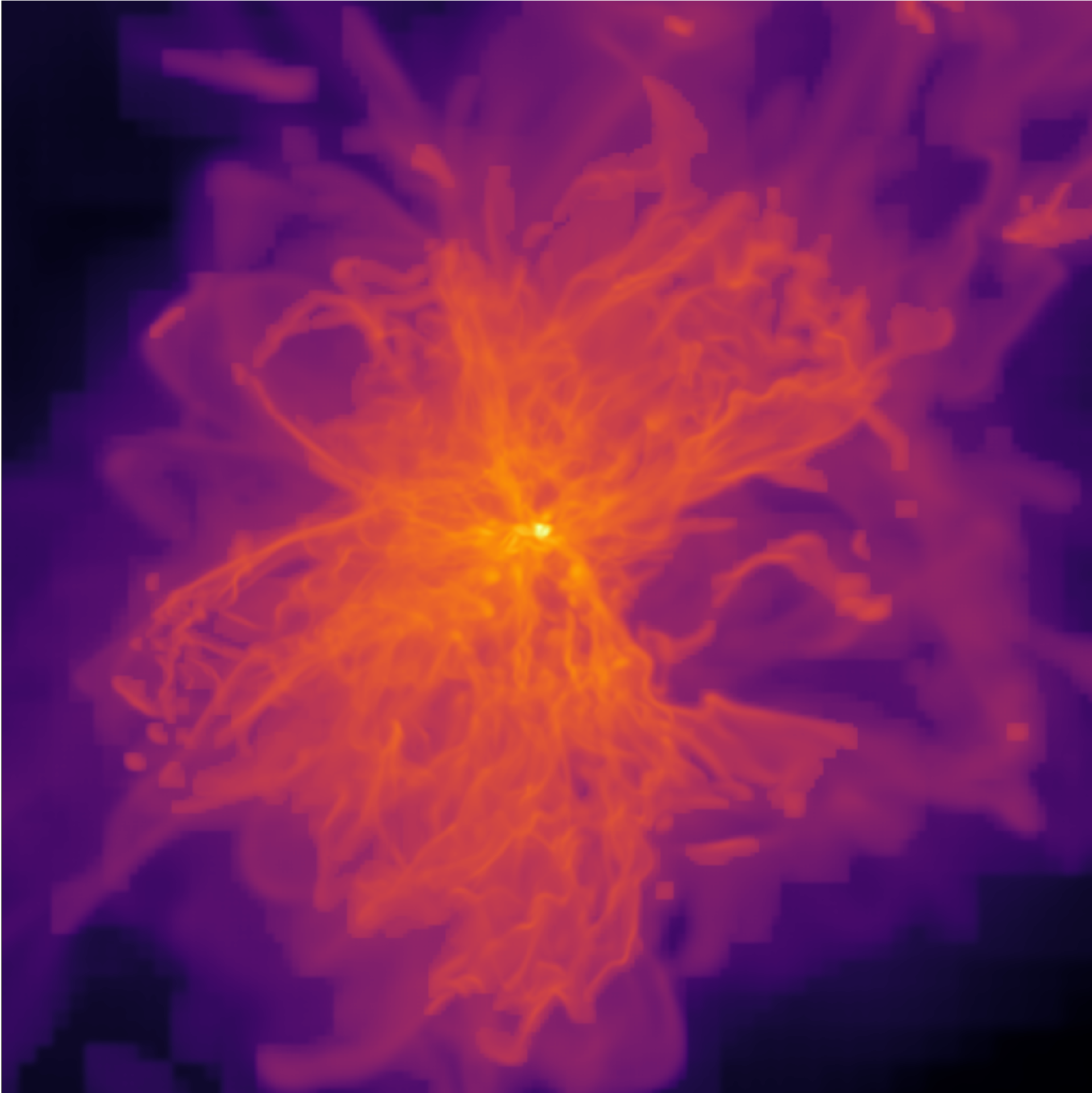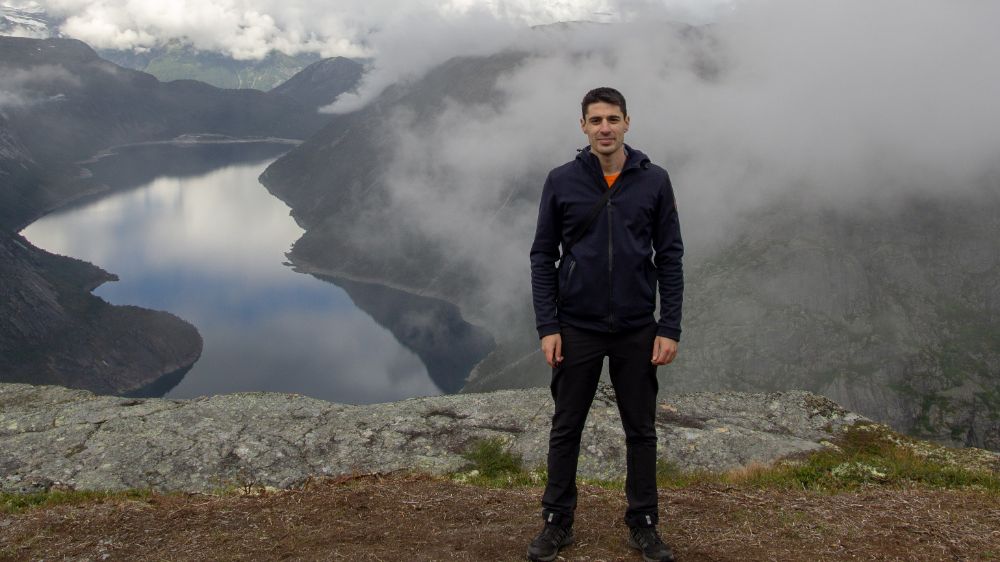Davide Decataldo started working at Institute of Theoretical Astrophysics (ITA) in July 2020. Right in full holiday season and corona restrictions, the new member of the Cosmology and Extragalactic Astronomy research group had a quiet start of his first postdoctoral fellowship:
– I felt really welcome since my first day at ITA, and the department is absolutely a cozy and stimulating place where to work, he confesses.
Nebulae in computational astrophysics
Davide is Italian and got a Master and a PhD in Astrophysics at Scuola Normale Superiore, Pisa.
– During my PhD, I have worked in computational astrophysics, in particular running simulations of molecular clumps and giant molecular clouds, the object commonly identified with the general word ‘nebulae’, Davide tells.
The main goal of his work was to understand of the light emitted from stars (stellar radiation) on the interstellar medium, the matter and radiation that exist in the space between the star systems in a galaxy.
– At ITA I keep working on the same field, but this time I am trying to focus also on the large scale environment, for example understanding where interstellar clouds form during the process of galaxy formation, he continues.
Simulating interstellar clouds and galaxies
At ITA the focus of Davide's research is twofold:
– One project is the continuation of what I have worked on during my PhD. I would like to run more simulations of interstellar clouds, to understand the difference when some fundamental parameters are changed, such as their mass, size and turbulent state, he explains.
On the other side, Davide is leading the analysis of the simulation GigaEris, one of the most detailed simulation aimed at studying galaxy formation.
– The resolution of the simulations is so high that it’s possible to understand how interstellar clouds form within a single galaxy, Davide thrills.
– How will you accomplish that?
– My approach to the solution of the problem is mainly numerical.
Recipe for a fine-tuned simulation
In computational astrophysics, astrophysicists try to reproduce the observed objects in the sky through computer simulations. Astrophysical codes are often open-source, and edited in the years by different research groups working on the same field.
– Sometimes modifications are necessary, to improve the performances and the level of detail required by the case of study, Davide adds.

Simulation of a giant molecular cloud in the early stages. Star formation is more intense at the center of the cloud, where the density is higher. Credits: Decataldo et al. 2019.
Finally, more code has to be written to analyse the output of the simulations. Every project requires a different code, to focus on a specific aspect of the simulation.
– I will collaborate with astrophysical modelers abroad to help integrate their models into our analysis pipeline. This involves close communication and a lot of coding in order to ensure that all parties involved are able to implement models, interpret results and improve future modelling efforts, he specifies.
Living his personal dream
When looking for a post-doc position to continue his academic career, Davide found this amazing opportunity at ITA.
– The advertised position perfectly fitted my skills, so I was eager to join the group.
Not only a dream job, but also the perfect city:
– Oslo appears to be perfect for my needs, not too big and chaotic, but yet big enough to be lively and enjoyable. I love in particular how the city is in close contact to nature, and hiking paths are many and easy to reach.
– What is your experience at ITA so far?
– The department is absolutely a cozy and stimulating place where to work. In particular, the members of the extragalactic group immediately became important friends to me, and not just co-workers, he says pleased.
– Any expectations?
– Happy about my current experience in ITA, I expect to obtain valid scientific results very soon. I hope to grow as a researcher and as a person as well, thanks to this experience of working in a productive team and living in a nordic country, Davide concludes.
